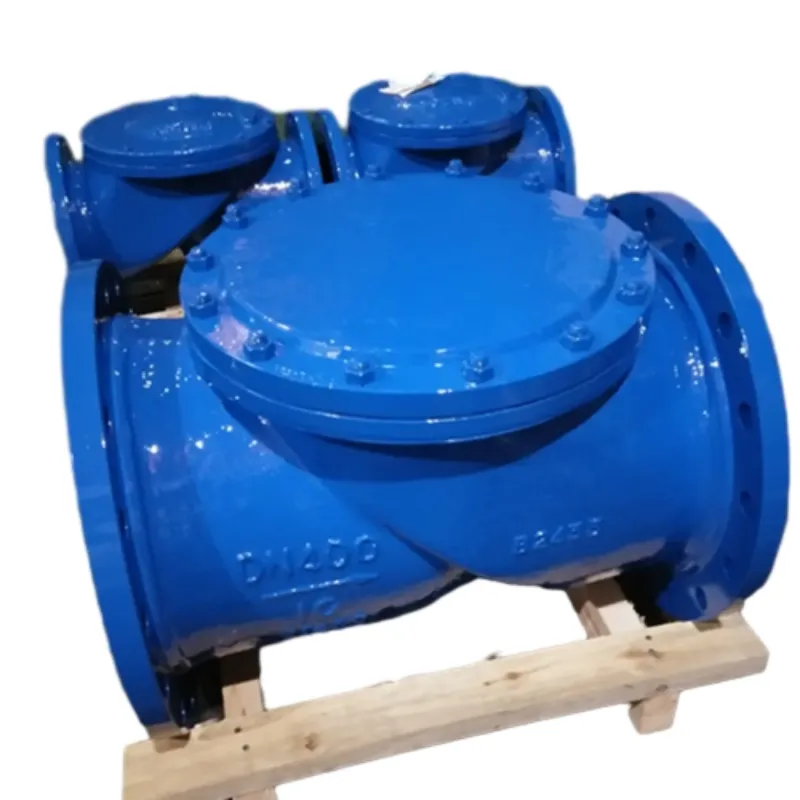Dec . 12, 2024 10:15 Back to list
granite surface plate calibration
Calibration of Granite Surface Plates Ensuring Precision in Metrology
Granite surface plates are crucial tools in precision measurement and inspection, widely utilized in manufacturing and quality control environments. These flat, stable surfaces provide a reliable foundation for measuring instruments and workpieces, ensuring that measurements taken are both accurate and repeatable. One of the most vital aspects of maintaining the integrity and functionality of granite surface plates is their calibration. In this article, we will delve into the importance of granite surface plate calibration, the methods employed for calibration, and how frequently calibration should be performed.
Importance of Calibration
Calibration is an essential process that verifies the accuracy of measuring equipment. For granite surface plates, calibration ensures that the flatness and stability of the surface are maintained according to specified tolerances. The precise nature of measurements made on these plates is critical in industries such as aerospace, automotive, and engineering, where even the slightest deviation can lead to significant errors in production or assembly.
A properly calibrated granite surface plate guarantees that measurements taken for dimensional analysis, alignment checks, and assembly processes are reliable. This reliability helps reduce scrap rates, enhance product quality, and ultimately provide a competitive edge in the market. Thus, regular calibration is not just a necessity; it's an investment in quality control and process integrity.
Calibration Methods
The calibration of granite surface plates involves several methods, primarily focusing on assessing the flatness and overall condition of the plate. One common method is the use of a spirit level or the 'feeler gauge' technique to identify any deviations from a perfectly flat surface.
1. Optical Methods Using optical flats and laser systems, technicians can measure the flatness of the surface plate by analyzing light reflections and refractions. This non-contact method allows for high precision and can measure minute deviations.
granite surface plate calibration

2. Electronic Gauges Digital indicator systems can also be employed to assess the flatness of the surface plate accurately. These systems can provide real-time feedback on the surface's condition and highlight areas that require adjustment.
3. Master Plates A master surface plate or gauge block serves as a reference. The granite surface plate in question is compared against this reference to determine its accuracy and identify any necessary corrections.
Frequency of Calibration
The frequency at which granite surface plates should be calibrated depends on various factors, including the frequency of use, the environment in which the plate is used, and the level of precision required in measurements. Generally, it is advisable to calibrate these plates
- Annually For most standard applications, an annual calibration is sufficient. - Bi-Annually or Quarterly In environments where the plates are subjected to heavy use, or in precision-critical industries, calibrating every six months or even quarterly may be necessary.
- After Environmental Changes If the environment undergoes temperature fluctuations, humidity changes, or after significant alterations in the operating conditions, a recalibration is recommended.
Conclusion
In summary, the calibration of granite surface plates is a critical procedure that ensures accuracy and precision in measurements across various industries. By employing effective calibration methods and adhering to a strict calibration schedule, organizations can improve their quality control processes, reduce errors, and maintain their competitive advantage. In the realm of precision engineering, the significance of a well-calibrated granite surface plate cannot be overstated; it is the backbone of reliable measurement and high-quality output. Investing time and resources in the calibration process ultimately pays dividends through enhanced operational efficiency and product reliability.
-
Flanged Gate Valve: A Reliable Choice for Industrial and Municipal SystemsNewsAug.20,2025
-
Soft Seal Gate Valve: A Modern Solution for Reliable Pipeline ControlNewsAug.20,2025
-
Gate Valve Types: Understanding the Options for Your Pipeline SystemsNewsAug.20,2025
-
Y Type Strainer: Essential for Clean and Efficient Flow SystemsNewsAug.20,2025
-
Cast Iron Y Strainer: Durable Solutions for Demanding ApplicationsNewsAug.20,2025
-
Flanged Y Strainer: An Essential Component in Industrial Filtration SystemsNewsAug.20,2025
Related PRODUCTS









